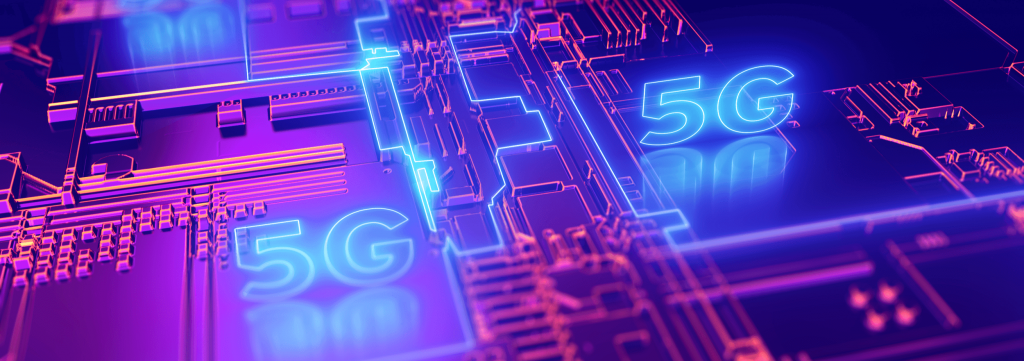With 5G networks rolling out more and more, security of these ecosystems must be a top priority no matter how hard it is to manage them, says the head of Nokia Asia-Pacific.
The GSM Association (GSMA) projects that Asia-Pacific will be the world’s largest 5G region by 2025, hitting 675 million connected devices – more than half of the global volume. The main growth in the South Asia region, GSMA projects, will take place in China, Japan, and South Korea. Mobile operators are investing $331 billion building their 5G networks in the region.
As more networks, devices, and machines become interconnected with 5G technology, security becomes an even bigger challenge for businesses in Asia-Pacific. Organizations will also face managing increasingly complex 5G infrastructures.
The COVID-19 global pandemic had accelerated the digitalization of energy and transport – traditionally more physical industries – and boosted the reliance on high-speed, digital connectivity, said John Harrington, senior vice president and head of Nokia Asia-Pacific Japan.
Understanding the need for a greater protection of key systems, Singapore will hold a panel comprised of global experts who will discuss the pressing issues and offer advice on operational technology (OT) cybersecurity. The panel will advise on the launch of the country’s cybersecurity blueprint for digital infrastructure and cyber activities.
Previously, Singapore ran grants campaign to speed up the adoption of 5G in key technology areas, such as Internet of Things (IoT), artificial intelligence (AI), robotics, and urban mobility, and maritime infrastructure.
Harrington said 5G could drive significant economic growth opportunities and value for the Asian region with its wider use in smart cars and manufacturing.
With the increased interconnectivity, Harrington stressed, networks must be secure and trusted. This would be essential as 5G will be used in critical infrastructure projects, such as for real-time video streaming to monitor the performance of cranes.
The increased complexity of these networks would make it harder to maintain them and ensure their reliability, Harrington added.
An important feature of 5G, network slicing is the use of virtualized and independent logical networks on the same physical network infrastructure.
It can enable connectivity and data processing customizable for the specific customer. However, network slicing “could be difficult to manage unless companies acquired the know-how to do so,” Harrington said.
Image: TechHQ







